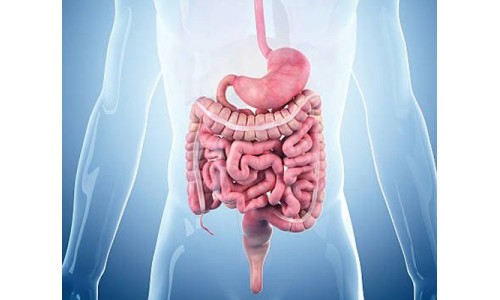
According to Ayurvedic science, the process of digestion begins right at the moment your food enters in mouth and the digestive system starts functioning. The digestive process starts in the mouth and completes the cycle for 6 hours, depending on what you ate. It follows a procedure that is classified by six stages, and each one relates to the tastes in Ayurveda which includes sweet, sour, salty, pungent, bitter, and astringent.
Stages of Digestion & Doshas of Body –
The stages of digestion not just the correspondent to six tastes, but also the three doshas of the body relate it well. On the first stage of sweet and sour, it relates with the Kapha Dosha as these both are the heaviest procedure, the Pitta Dosha is for salty and pungent that are next two stages as the stomach and intestine process the food, and Vatta Dosha is for the final two stages of bitter and astringent as the body turns light once again.
Madhura Avastha Paka, Sweet – As soon as the moment you take the first bite of food, it will come into the contact of your saliva and then the process starts by breaking food into smaller pieces. This is one of a reason why Ayurveda advocates mindful eating, making it work slowly and chewing it thoroughly to allow your saliva work properly. It is a reason why Ayurveda advocates mindful eating, making it work slowly, and chewing it thoroughly to allow your saliva to work properly.
Amla Avastha Paka, Sour – The next stage begins when hydrochloric acid takes over the digestion process from amylase and start working to break down any protein you have eaten. The acid produced by the stomach begins to denature or breakdown protein molecules, kills off and destroys, traces the dangerous bacteria or viral matter in your food, and converts a digestive enzyme called pepsinogen to pepsin.
Lavana Avastha Paka, Salty – This is the time for the digestion process. The meal you ate has already broken into food particles that have been covered by your digestive stomach acid. Next, these will move into the duodenum which is also the small intestine. An alkaline mucus is produced by the innermost layer of the small intestine called the mucosa. The alkaline is needed in neutralizing any hydrochloric acid.
Katu Avastha Paka, Pungent – The part of the digestive process occurs in the jejunum which is the second part of the small intestine. The reason behind it is known as pungent is sharp and subtle and occasionally hot as well.
Tikta Avastha Pala, Bitter – It is the fifth stage when the food has traveled down to the ileum which is the longest and final place of the small intestine. In the ileum, it digests with the help of the body’s air and other energies.
Kashaya Avastha Paka, Astringent – The last stage of the digestion process, Kashaya Avastha Paka is when your food is fully processed and absorbs all the nutrients and turned the food into waste products. On this stage, air and earth energies are crated further peristalsis which pushes the food along the last point of your intestine. And then it creates a stool!
This is all how your digestive system works… In case you are dealing with any digestive issues, Ayurvedic herbs are the best-suggested way to improve it. Triphala is one of the most recommended ayurvedic medicine that you can include in your routine.
Stay Healthy by making your Gut stronger!